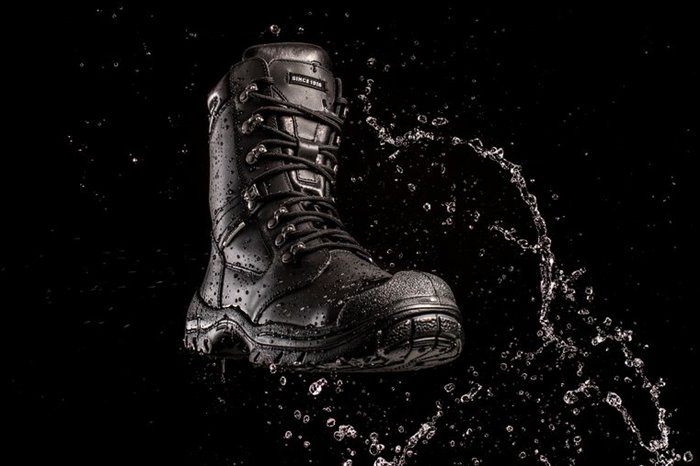Differentiating Waterproof and Water-Repellent
Understanding the distinction between 'waterproof' and 'water-repellent' materials is crucial for making informed choices in selecting protective gear or clothing. In this brief overview, we'll explore the key differences between these two terms and delve into the practical implications of each. By the end, you'll have a clear understanding of what sets these materials apart and how they function in various situations.
"Water-repellent" means that the material will resist but not completely stop water penetration, while "waterproof" means that it will not allow water to penetrate.
For something to be called waterproof, a product must be tested and the effectiveness proven. This is done by testing the product for water resistance according to EN:511. The test involves submerging the product in water for 30 minutes and it should be dry inside when the test is finished.
The material in a water-repellent product is often treated to permanently repel water in simpler environments for a limited time. Often, this is sufficient for most purposes, but a water-repellent product does not provide 100% protection, although it works for most activities during a workday.
EN Standards for Safety Gloves
Learn more
EN Standards for Safety Shoes
Learn more


